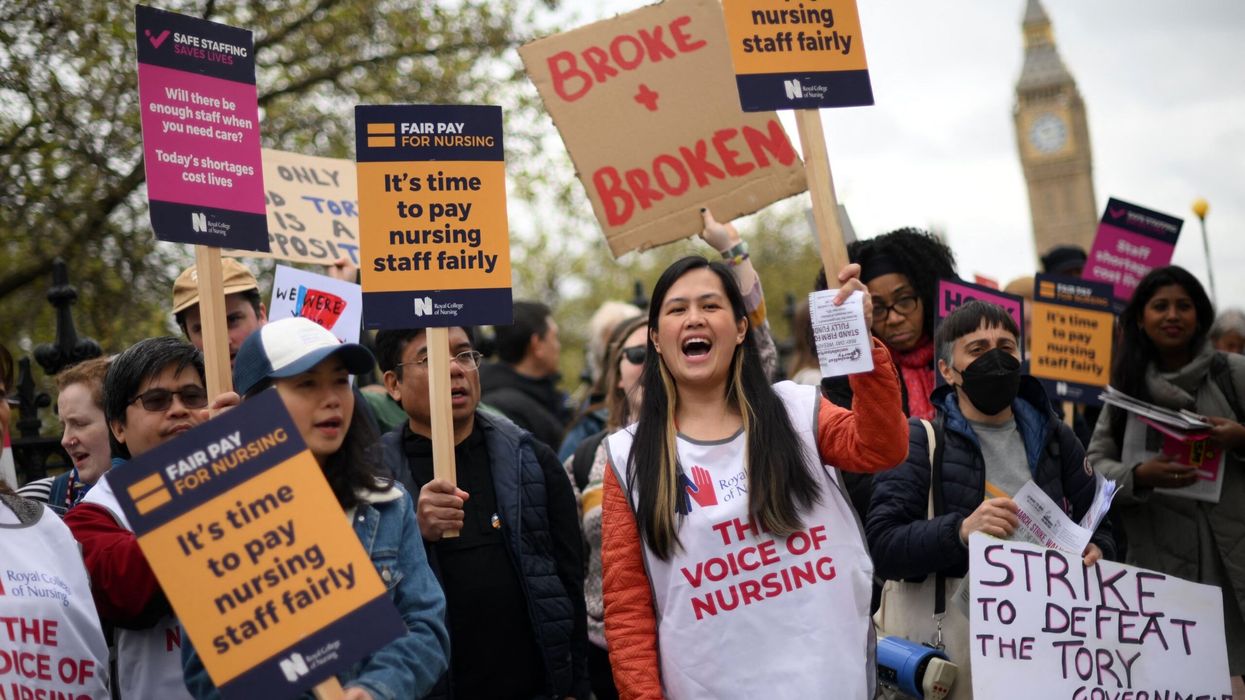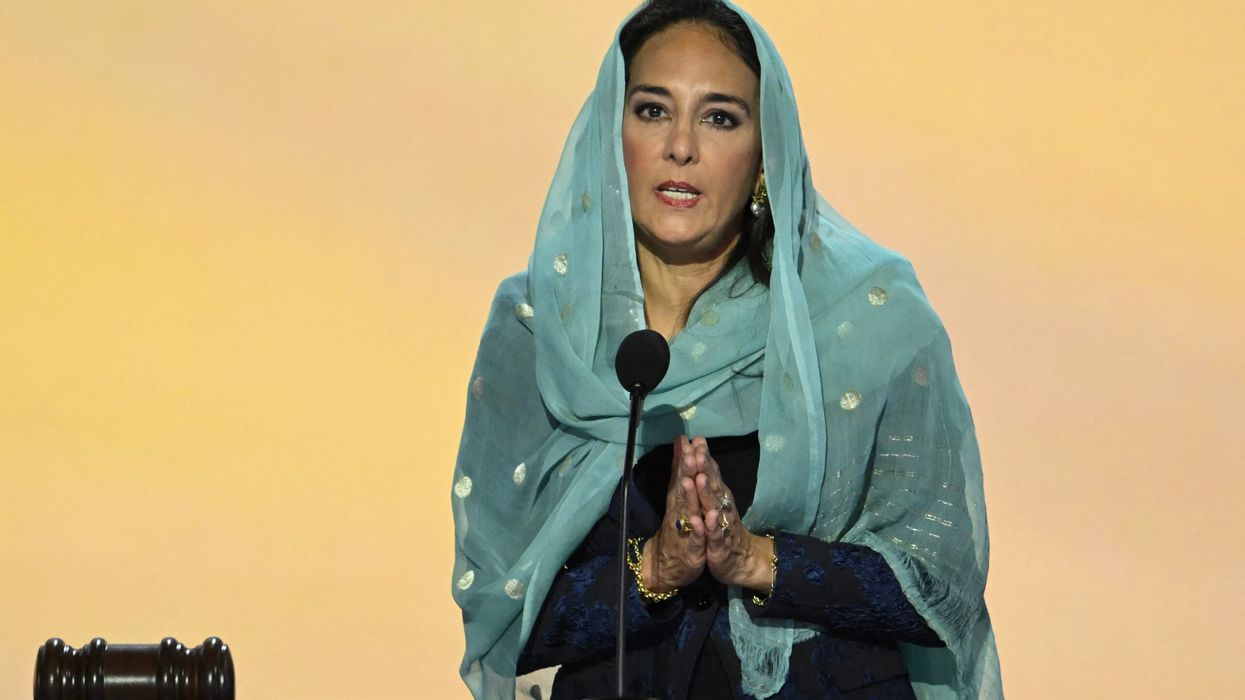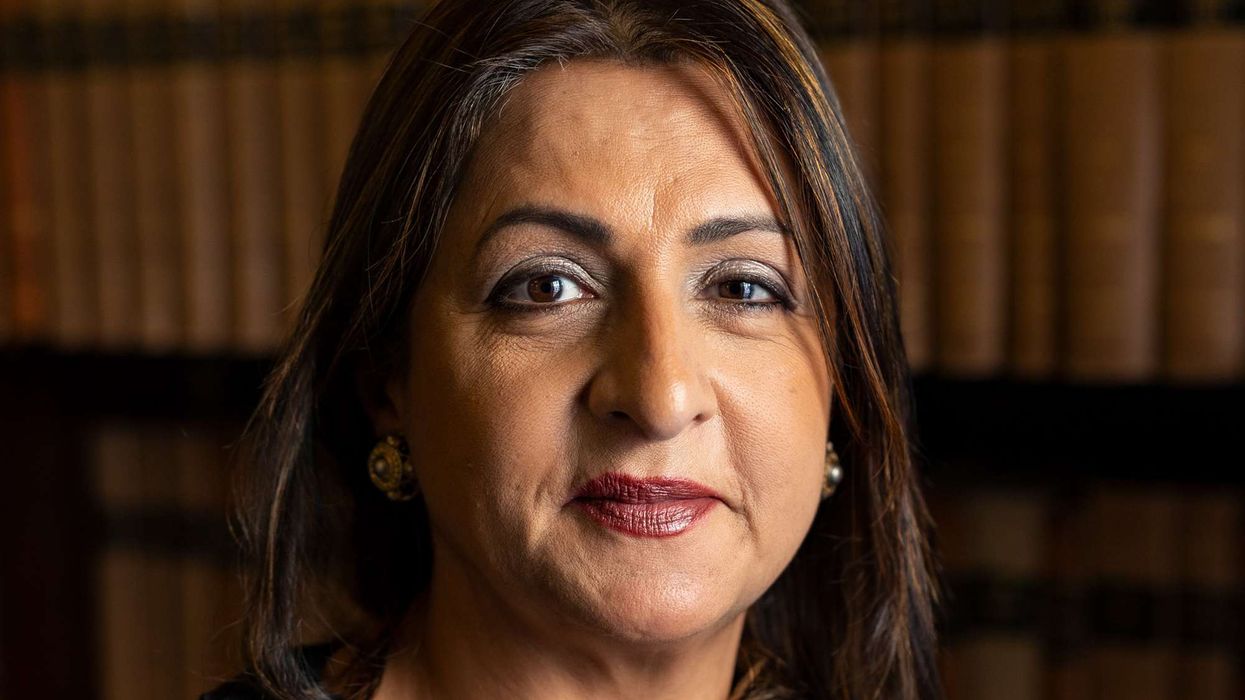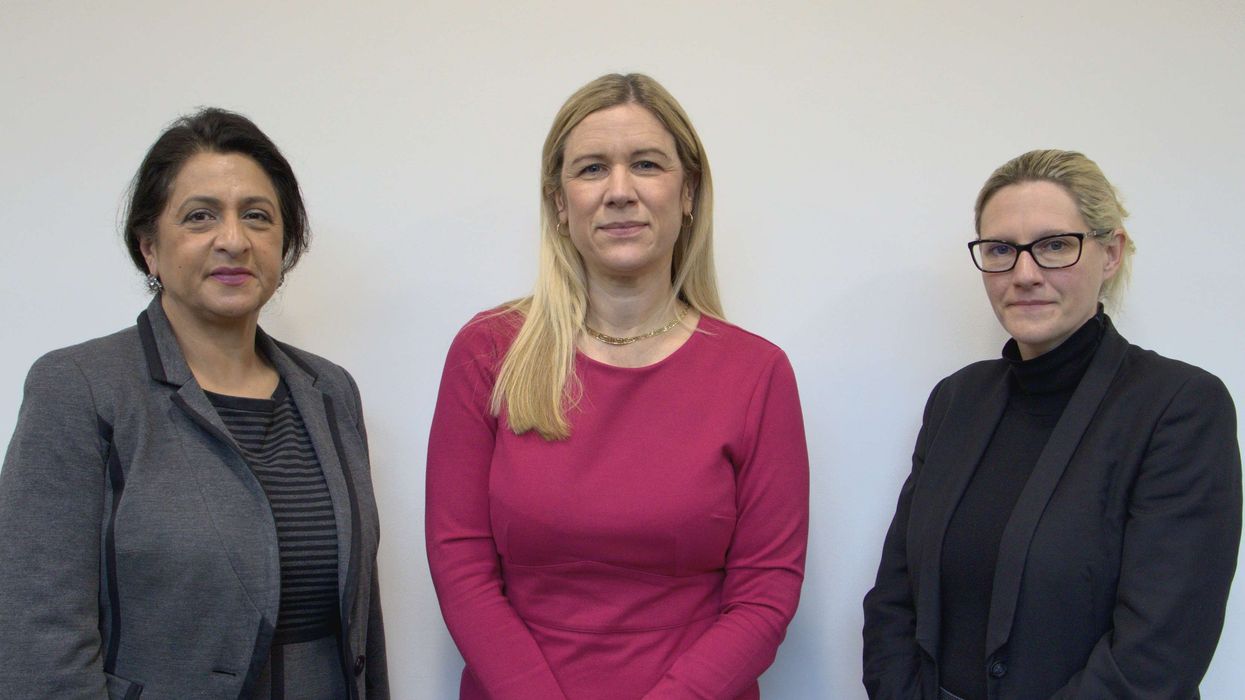THE US military "will continue to stand strong" in its stance on the conflict between India and China, a top White House official has said.
The statement came after the US navy deployed two aircraft carriers to the strategic South China Sea to boost its presence in the region amid the India-China standoff.
"The message is clear. We're not going to stand by and let China or anyone else take the reins in terms of being the most powerful, dominant force, whether it's in that region or over here," White House chief of staff Mark Meadows told Fox News on Monday (6).
"And the message is clear. Our military might stands strong and will continue to stand strong, whether it's in relationship to a conflict between India and China or anywhere else."
Indian and Chinese troops have been locked in an eight-week standoff in several areas in eastern Ladakh. The situation deteriorated last month following the Galwan Valley clashes that left 20 Indian soldiers dead. China has maintained over its casualties.
The clash saw both sides significantly bolstering deployments in most areas along the LAC.
The Chinese military, however, began withdrawing troops from the Galwan Valley and Gogra Hot Spring after Indian National Security Advisor Ajit Doval and Chinese Foreign Minister Wang Yi held lengthy talks on Sunday.
At the peak of tensions, the US sent two of its aircraft carriers to the South China Sea.
"Our mission is to make sure that the world knows that we still have the preeminent fighting force on the face of the globe," Meadows said.
The White House chief of staff top also indicated that President Donald Trump might soon sign executive orders on issues related to China.
"I will give you a couple of hints, all right. So, a sneak preview here. We're going to be looking at how we make sure that China is addressed, how we bring manufacturing back from overseas to make sure the American worker is supported," he said.
"We're also going to look at a number of issues as it relates to immigration. We're going to look at a number of issues as it relates to prescription drug prices and we're going to get them done when Congress couldn't get them done."
Influential Republican Senator Tom Cotton said the US aircraft carriers headed to the South China Sea to thwart off any Chinese misadventure in the region, especially targeting Taiwan.
"That's one of the reasons why we have those aircraft carrier groups in the South China Sea. I mean, look what China did in the southwest. It's essentially invaded India over the last few weeks and killed Indian soldiers," Cotton said.
"No country on China's periphery, right now, is safe from Chinese aggression. All those countries want a close relationship with the United States. We ought to have one."





 Nasima Abukar
Nasima Abukar Narwal, Ellie Reeves MP and Emma James
Narwal, Ellie Reeves MP and Emma James The first national honour-based abuse scrutiny panel held last Tuesday (9)
The first national honour-based abuse scrutiny panel held last Tuesday (9)





